The challenges are still great. It’s 8 p.m., and I literally just finished a dual-arch ceramic implant case for which, after much planning, the robotic workflow had to be abandoned. This can happen. Time, cost and new obstacles are all part of the puzzle, but we have gotten glimpses of the future. Terms like “ultra-precision” started to pop up as we planned in robotic software, then we were able to make micro-modifications during surgeries, and the results have been fantastic. For the early adopters that have made their way through CEREC or digital dentistry, CBCT, and guided and ceramic implantology, we can already see the other side.
Does AI contribute to the diagnostic phase of treatment planning in oral surgery? How do AI algorithms assist in analysing patient data, such as that obtained from CT scans or 3D imaging, for optimal implant placement?
I would lean heavily on companies like 3DDX, ImmersiveTouch, CAD-Ray or Anatomage to do segmentation and deeper analysis of CBCT data. Implant positioning for the various ceramic systems I use still requires significant thought and prosthetic tweaking so that our placement and restoration are near ideal. There are some tools in use within YomiPlan software, things like automatic segmentation of the sinus cavity to aid in sinus lifts, but the software is not yet predictably mapping for us. Nerve segmentation is still through third-party software or radiology services.
How does the incorporation of dental robots enhance the precision and efficiency of oral surgery procedures?
This is something that I got great perspective on last year at the first Mayo Clinic Robotics and Advanced Surgical Technologies symposium. Other surgical specialties were discussing the overwhelming adoption of robotics in enhancing patient outcomes. Freehand skills, static guides and dynamic navigation all can lead to excellent outcomes, but robotics allows a less skilled surgeon to perform at or near the level of the best, especially when mentored, and it demands that dentists keep learning and practising so that the results continue to improve. I’ve been using the term “ultra-precision” to describe some of what I have seen during surgery and, even more impressively, during restoration of zirconia dental implants placed utilising robotics.
We have learned that the implementation of dental robots works wonderfully with titanium implants. You are using zirconia implants. What are the differences and challenges for both the surgeon and the robot-based system, if any?
It has been a remarkable year and a half! We have now placed four ceramic implant systems—SDS, CeraRoot, Zeramex/Nobel and Z-SYSTEMS—successfully and fully guided. It was laborious to get all the companies to work together to put the sizes and shapes into the software as fast as possible, and yet we placed a lot of implants while calculating all the data the software didn’t have right yet. Other challenges include carrier systems and implant mounts that are not retentive enough or too retentive for the rigidity and freedom of a robotic arm and incorporated dental handpiece. Also, driver lengths, hand-based carriers and low maximum torque values add to the challenges.
How does AI play a role in selecting the most suitable zirconia implant size, shape and placement for each patient?
At this point, AI plays a negligible role in implant selection. I know this will come. As talk-to-text and AI can code, we will move towards an automated, ultra-precise surgical and restorative plan. For now, it is a lot of thought, experience and care that goes into making each case a success.



 Austria / Österreich
Austria / Österreich
 Bosnia and Herzegovina / Босна и Херцеговина
Bosnia and Herzegovina / Босна и Херцеговина
 Bulgaria / България
Bulgaria / България
 Croatia / Hrvatska
Croatia / Hrvatska
 Czech Republic & Slovakia / Česká republika & Slovensko
Czech Republic & Slovakia / Česká republika & Slovensko
 France / France
France / France
 Germany / Deutschland
Germany / Deutschland
 Greece / ΕΛΛΑΔΑ
Greece / ΕΛΛΑΔΑ
 Hungary / Hungary
Hungary / Hungary
 Italy / Italia
Italy / Italia
 Netherlands / Nederland
Netherlands / Nederland
 Nordic / Nordic
Nordic / Nordic
 Poland / Polska
Poland / Polska
 Portugal / Portugal
Portugal / Portugal
 Romania & Moldova / România & Moldova
Romania & Moldova / România & Moldova
 Slovenia / Slovenija
Slovenia / Slovenija
 Serbia & Montenegro / Србија и Црна Гора
Serbia & Montenegro / Србија и Црна Гора
 Spain / España
Spain / España
 Switzerland / Schweiz
Switzerland / Schweiz
 Turkey / Türkiye
Turkey / Türkiye
 UK & Ireland / UK & Ireland
UK & Ireland / UK & Ireland
 International / International
International / International
 Brazil / Brasil
Brazil / Brasil
 Canada / Canada
Canada / Canada
 Latin America / Latinoamérica
Latin America / Latinoamérica
 China / 中国
China / 中国
 India / भारत गणराज्य
India / भारत गणराज्य
 Pakistan / Pākistān
Pakistan / Pākistān
 Vietnam / Việt Nam
Vietnam / Việt Nam
 ASEAN / ASEAN
ASEAN / ASEAN
 Israel / מְדִינַת יִשְׂרָאֵל
Israel / מְדִינַת יִשְׂרָאֵל
 Algeria, Morocco & Tunisia / الجزائر والمغرب وتونس
Algeria, Morocco & Tunisia / الجزائر والمغرب وتونس
 Middle East / Middle East
Middle East / Middle East







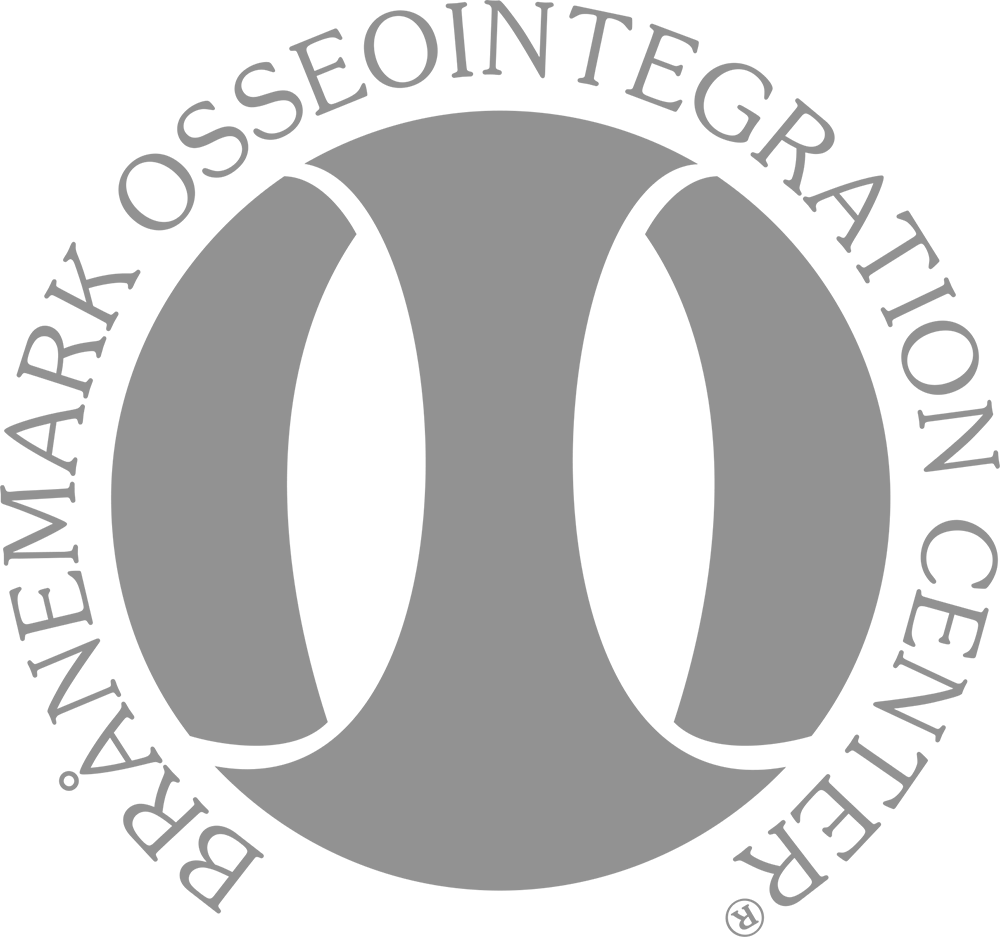
























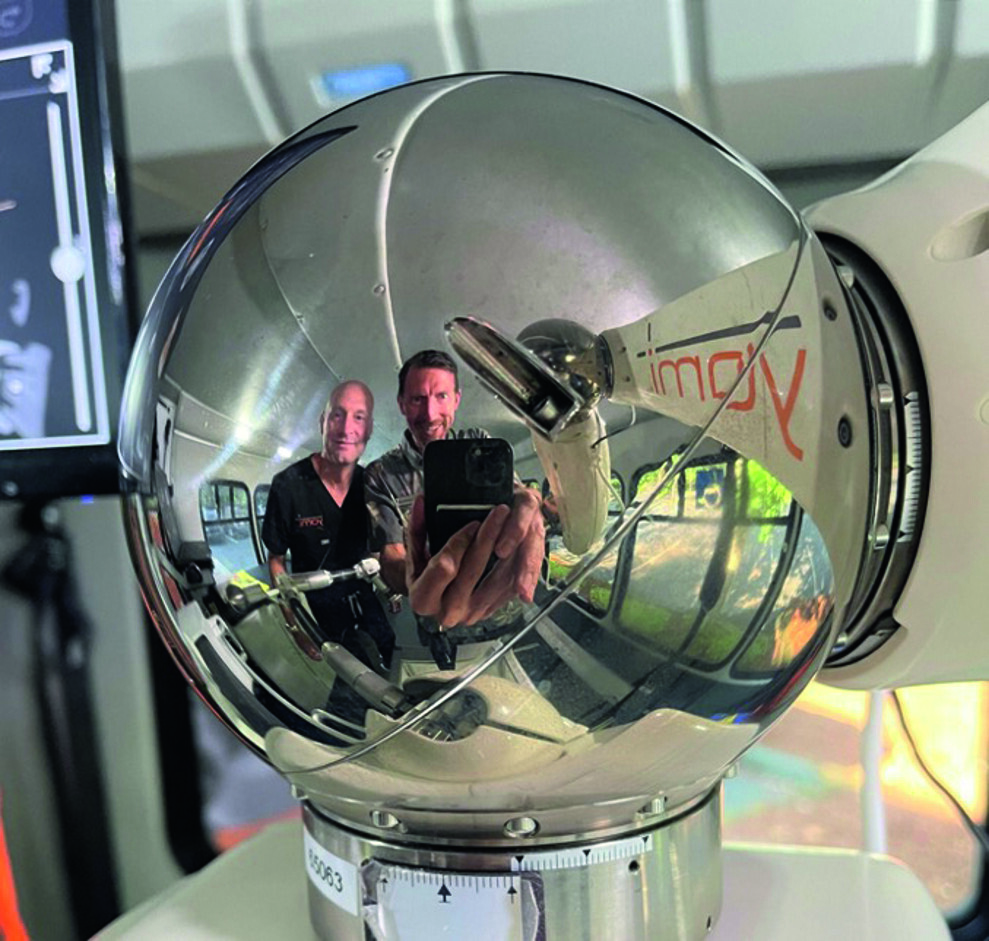
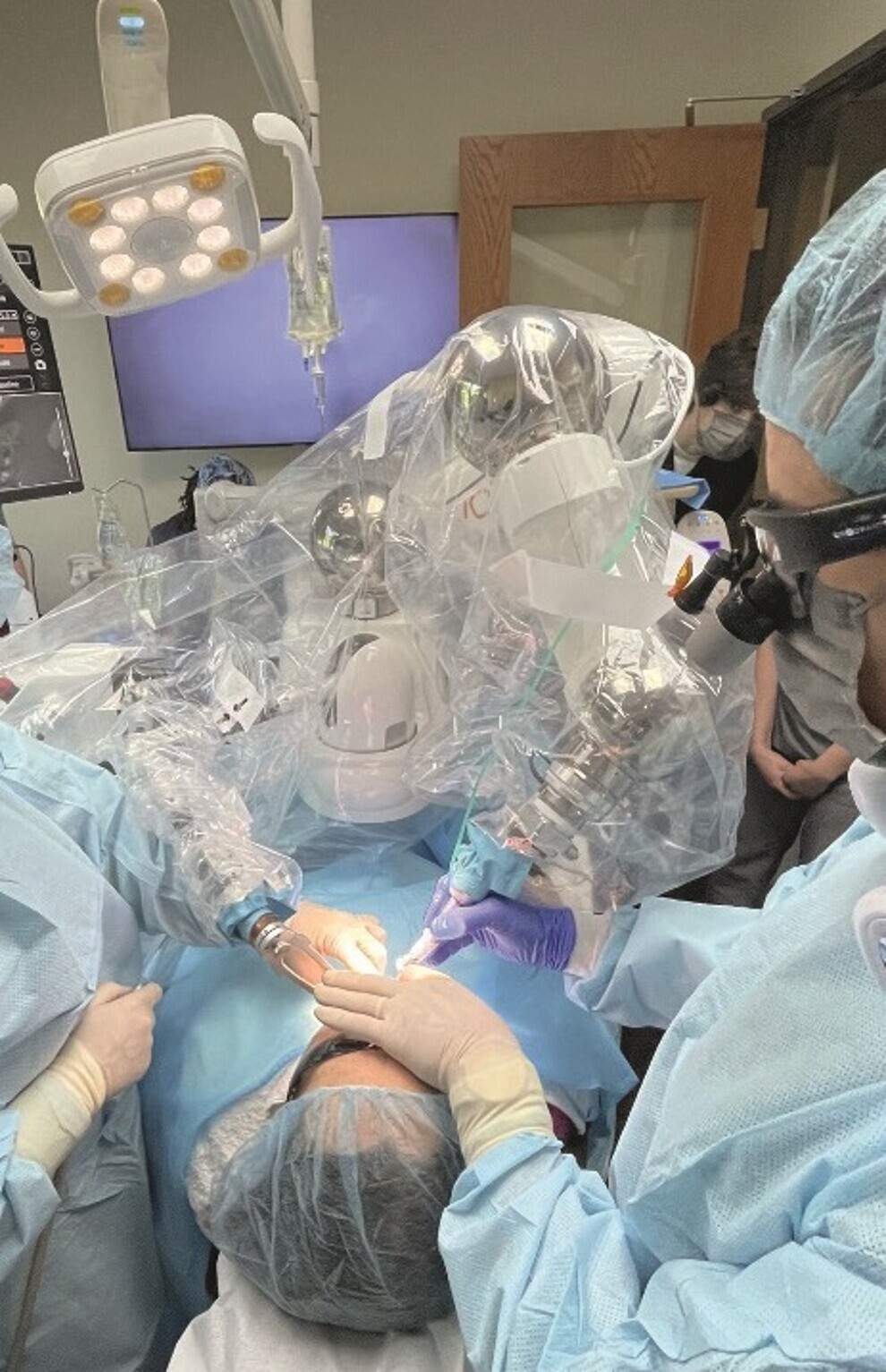
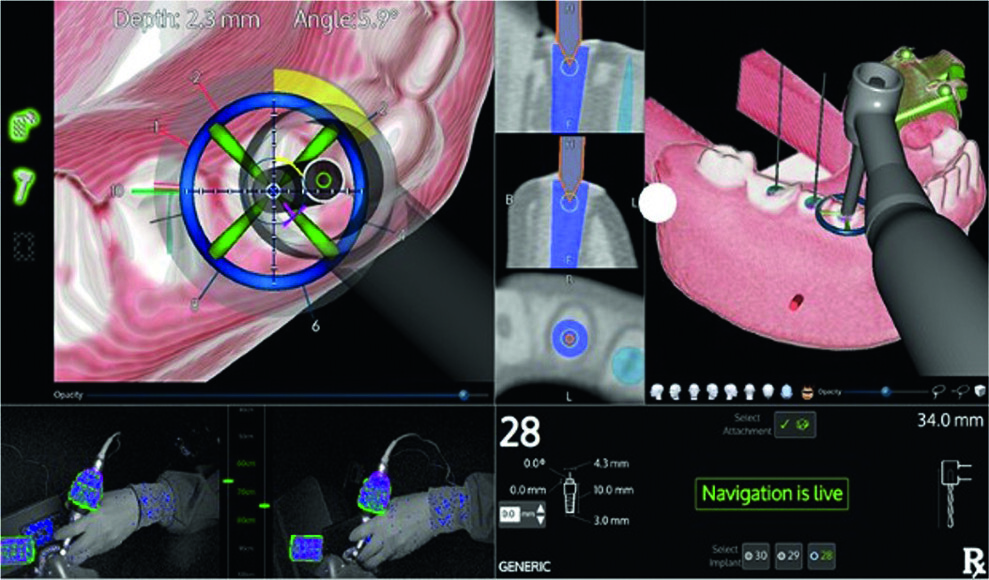









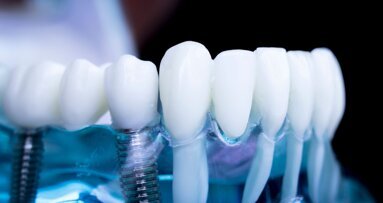














To post a reply please login or register